Nostalgia on Tuesday: Village's lost life
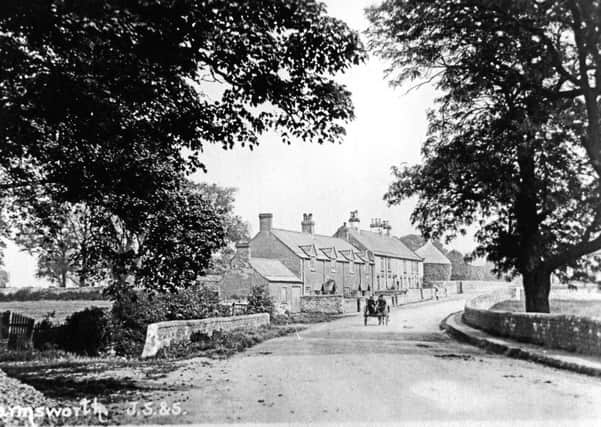

Warmsworth parish is situated on the south-eastern section of the Magnesian Limestome belt which bisects the modern county of South Yorkshire. The old village occupies the centre of the parish where the spring line at the base of the upper Magnesian Limestone would have supplied ample water from wells. Quarries, lying in the north western corner of the parish, where the River Don runs in a deep gorge through the limestone may have been exploited during the Roman period, and supplied the principal building material for Warmsworth.
An old parish church, 1km distant from the village centre, on the eastern parish boundary, was unusually sited and until the completion of the present church, services were announced in the village by a bell attached to a tower of unknown date at the end of the parsonage croft near the gates of Warmsworth Hall.
Advertisement
Hide AdAdvertisement
Hide AdThe hearth tax returns of 1664 and 1672 show Warmsworth was a village of 28 or 29 households, perhaps a few more if allowance is made for unrecorded paupers.
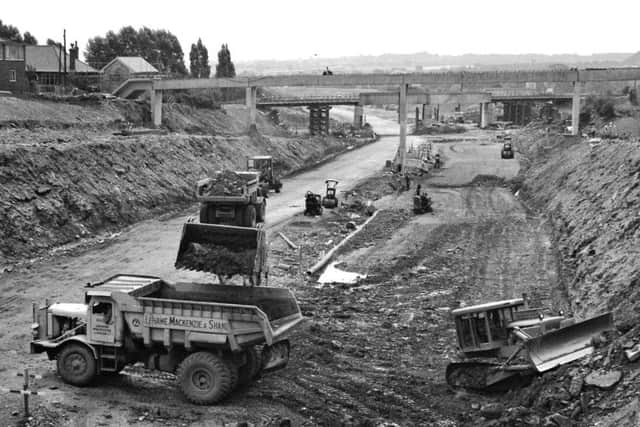

In the late 17th and early 18th centuries, the Battie family of Warmsworth Hall gradually bought neighbouring properties until they owned about 75 per cent of the parish. The village was not completely under the dominion of its squire, however, and the Yeoman Aldam family were sufficiently independent in 1706 to build a Quaker chapel in Quaker Lane.
Thelma’s memories date from just before and just after the Second World War. Her parents moved to Warmsworth in 1937 and she lived in Grosvenor Crescent on the Doncaster-Sheffield Road’s northern side.
She said old Warmsworth village on the south side of the Doncaster-Sheffield Road contained a number of farms, labourer’s cottages, Warmsworth Hall and a bell tower. Whenever she went into the old village, she says she felt the ghostly presence of past souls.
Advertisement
Hide AdAdvertisement
Hide AdShe said: “It was all very sleepy, strange and weird. Many people pumped their own water, even though they had cold water taps in their sculleries. Some threw potato peelings and shrivelled cabbage leaves into the street for the hens to peck at.”
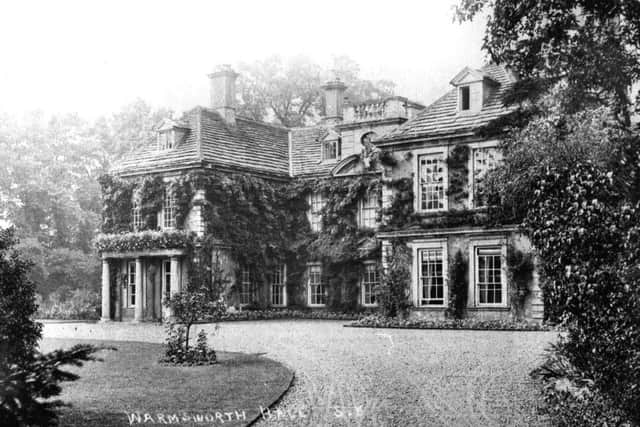

Warmsworth’s northern side, from Heber House to Mill Lane, was formerly cornfields, allotments and turnip fields. “A football field and a cricket pitch were also up there and big hay carts used to come down our street, it was really rural. Now the area is covered with housing, it’s pretty horrible really.”
Thelma resurrected memories of characters who, for her, still haunt the once picturesque old village. I liked the one about a man she referred to as ‘Big Ernest’.
“He had intellectual and development disabilities, lived with his parents and wore an ill-fitting brown suit and flat cap. I had a friend called Tilly and we regarded Ernest as our playmate. On our way to school we would shout ‘Big Ernest’ and he would chase us down Quaker Lane to the school gate.”
Advertisement
Hide AdAdvertisement
Hide AdThelma thought Ernest was probably the strongest man in Warmsworth and really came into his own at harvest time. The sheaves of corn were transported to a village farm where the threshing took place. With a steady rhythm, Ernest would stand, legs astride, hoisting the sheaves aloft, while another labourer fed them into the machine.
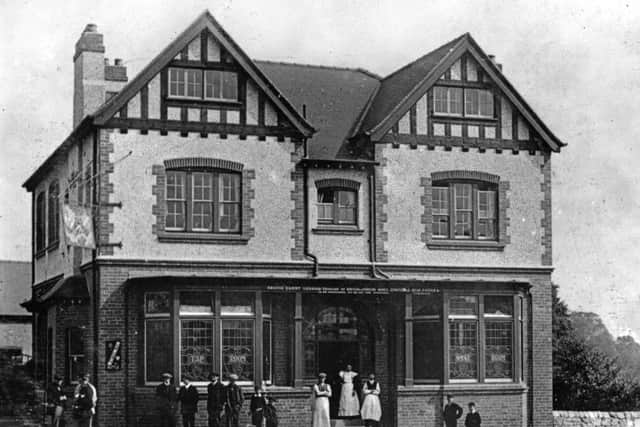

Sometimes homeward bound from school, Thelma and Tilly would stand and watch their playmate, not a man-child any more, but a colossus, his bronzed sinewy arms working with grace and power.
Ernest’s other contribution to village life was to pump the church organ for Sunday service. This was hard work but as a steady movement was required he did the job to perfection.
“Today, there seems to be no village characters about,” sighed Thelma. “It’s like everybody has been cloned. They all conform to a uniform lifestyle. Some of the people in the old Warmsworth village didn’t. They were real people, they were themselves.”
Advertisement
Hide AdAdvertisement
Hide AdShe explained the stone-built Church of England school in Low Road West had two classrooms and a cloakroom. The windows were high-set and excluded all light since they were never cleaned. The place reeked of stale milk, carbolic soap and rotting wood, whilst the greying walls were encrusted with countless layers of crumbling lime wash.
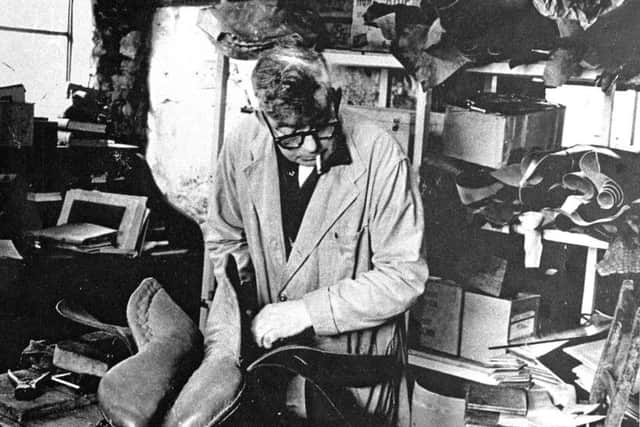

My favourite ‘school’ story of Thelma’s concerned the two ‘travelling’ female dentists called Miss Black and Miss White who regularly visited the establishment.
“These two monsters were like Russian discus throwers, squat square, hairy-legged and with whiskers. They turned up at school in a green van and man-handled a huge black chair out of the back. It was put in the vacated infants’ classroom and that for us kids became a torture chamber. Generally, there was no anaesthetic and one of these monsters held you down in an arm lock while the other whipped your teeth out quick as a flash. In severe cases, if your teeth had broken down to the gums, they’d inject cocaine.”
From Thelma, I also learned about the embankment near her house catching fire through sparks from passing steam locomotives; children nipping into the smithy’s shop on High Road ‘for a warm’; the building of council houses on open fields; the A1 motorway cutting through the eastern corner of the old village; and the disappearance of cowslips, dragonflies and orange-tip butterflies from the village scene.